 |
||
|
||
| ||
VIA Envy24PT: the new integrated audio for motherboards 90-nm process technology on IEDM: Intel and IBM versions Sapphire Technology releases the top-end coolerless Ultimate Radeon 9700 Atlantis Pro Sapphire Technology announces RADEON 9100 Atlantis Sharp to ship 17" LL-T17D3 LCD monitors TDK develops multi-color inorganic EL screen VIA Envy24PT: the new integrated audio for motherboards Keeping the promise to continue the expansion to the multimedia market, VIA Technologies announced the new VIA Envy24PT audio controller, mainly designed for the integrated motherboard sound solutions.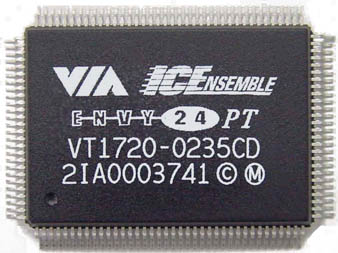 The previous Envy24 chips are described in our reviews:
Now, according to VIA, it’s time to implement the Envy24 serie in the integrated mobo solutions. Combined with AC’97 codecs (like VIA VT1616), Envy24PT wil enable the following specifications:
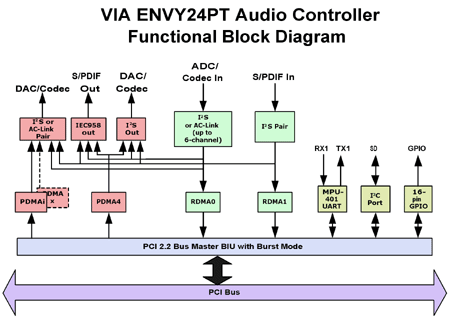 It seems that VIA P4PB ENVY will became one of the first Envy24PT-based mobos from VIA Platform Solutions Division. It’s expected to feature the fully-functional 8-ch. output. Aopen also plans to release VIA Envy24PT-based solutions. The company plans to release the separate Envy24PT board to add to the popular AX4B-533Tube motherboards with Sovtek 6922 vacuum lamp in the audio path (see the Sound section of the AOpen AX4B-533 Tube Motherboard).
90-nm process technology on IEDM: Intel and IBM versions At the recently ended International Electron Devices Meeting 2002 (IEDM) Intel and IBM presented their 90-nm process technologies and reported about the benefits of the proprietary logic production technologies and the excellent results. However, each company used different techniques: IBM used the partially depleted SOI and Intel – the concept of the strained silicon in its "1262 process technology". Besides, each company used its own measuring system. IBM announced that its 90-nm CMOS process enabled the maximum self-excitation, and Intel, not using the auto-oscillation generation results, offered the fastest current transfer for the 90-nm silicon. According to Intel, the strained silicon enabled to improve the results by at least 20%.Intel´s new 90-nm 1262 process technology will be launched on 300-mm wafer fabs next year for making the next-generation P4s codenamed "Prescott". To create the strained lattice Intel plans to use the epitaxial germanium dopant on the upper silicon layer with the moderate 17% germanium atom concentration. According to Intel, the change in the germanium atom quantities will enable the company to easily move to the 65-nm process technology without transition to SOI. Besides, Intel will use the basis of 90-nm process technology to develop the new technology of making comm chips, combining the bipolar SiGe transistors, passive and other elements. The first chips, made using the Intel’s new 90-nm SiGe process are expected in about the late 2003 – early 2004. By a twist of fate, for the last five year IBM has remained one of the most active adepts of the strained silicon, offering IEDM numerous research docs. However, it seems that Intel will launch this technology earlier than IBM and others. IBM plans to launch the strained- lattice silicon on SOI while moving to the 65-nm process technology. The presented IBM´s 90-nm SOI process technology enables to speak of the auto-oscillation circuits with about 4.5-5 picoseconds latency. Source: Silicon Strategies
Sapphire Technology releases the top-end coolerless Ultimate Radeon 9700 Atlantis Pro Sapphire Technology officially released its new original graphics card — Radeon 9700 Atlantis Pro Ultimate. The most interesting is that ATI Radeon 9700 Pro... doesn’t have a cooler in the Ultimate version!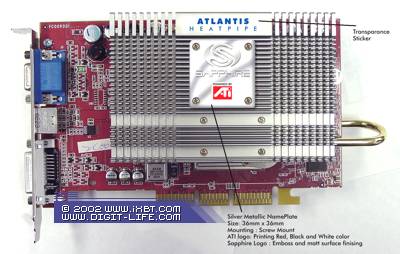 For the first time Radeon 9700 Atlantis Pro Ultimate was announced late past month at Comdex Fall 2002. Briefly, its specs are:
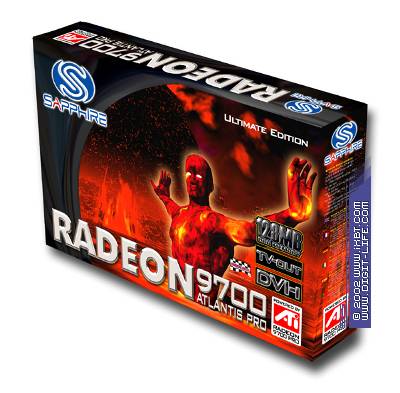 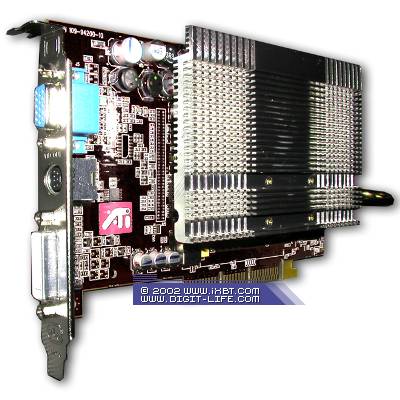 Sapphire Technology announces RADEON 9100 Atlantis Sapphire Technology, the well-known ATI partner, announced the new family of ATI RADEON 9100-based graphics cards.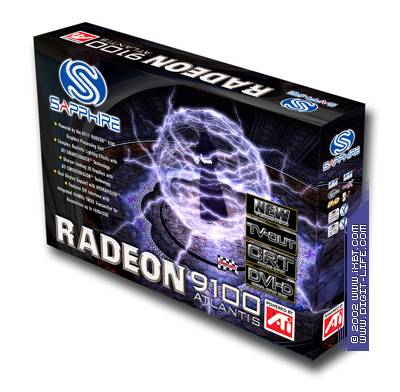 Inexpensive Sapphire RADEON 9100 ATLANTIS is the Direct X 8.1 mainstream solution on the 4-pipeline RADEON 9100 with two geometry engines. Sapphire RADEON 9100 ATLANTIS cards feature analog, DVI-I and S-video/composite outputs.
Sharp to ship 17" LL-T17D3 LCD monitors Before 2002 ends Japanese Sharp plans to ship at least two new 17" LCD monitors — LL-T17D3-H and LL-T17D3-B, differing by the body color. In Japan the new monitors will appear late in December.
Both products support 1280x1024 (SXGA) resolution, feature 250 cd/m brightness, 500:1 contrast, 0.264-mm pixel size, 135° vertical and 160° horizontal viewing angle. The monitors feature the analog and digital inputs, brightness preset selection button (standard, vivid, sRGB), built-in stereo speakers (2x1W). The dimensions are 398x188x376 mm, weight – about 6.5 kg, energy consumption – 47W (3W in standby). Source: ASCII24
TDK develops multi-color inorganic EL screen TDK announced the development of the multi-color display based on the inorganic EL technology from Canadian iFire Technology along with the 4.25" display prototype.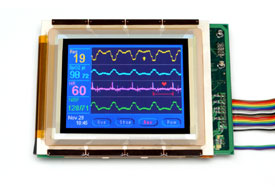 With the module size of 146x108x15 mm, the screen (86x65mm) features 240x180 RGB 0.11x0.33-mm pixels and 200 cd/m max. brightness. The max. energy consumption (all pixels lit) is 10W. TDK believes these modules will be used in industry and medicine tools. Source: ASCII24
Write a comment below. No registration needed!
|
Platform · Video · Multimedia · Mobile · Other || About us & Privacy policy · Twitter · Facebook Copyright © Byrds Research & Publishing, Ltd., 1997–2011. All rights reserved. |